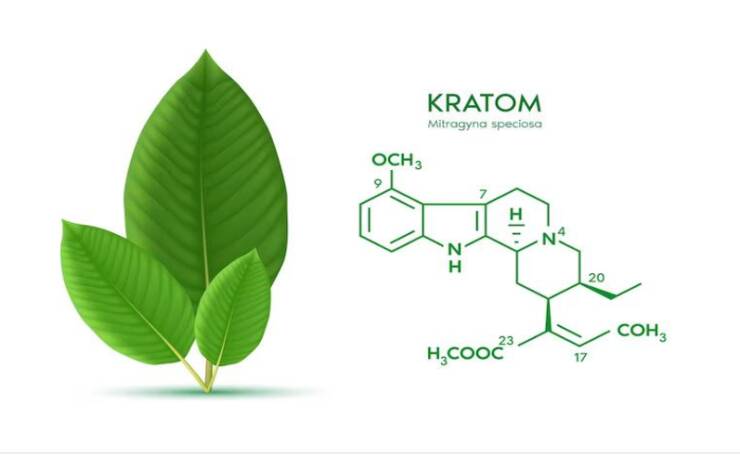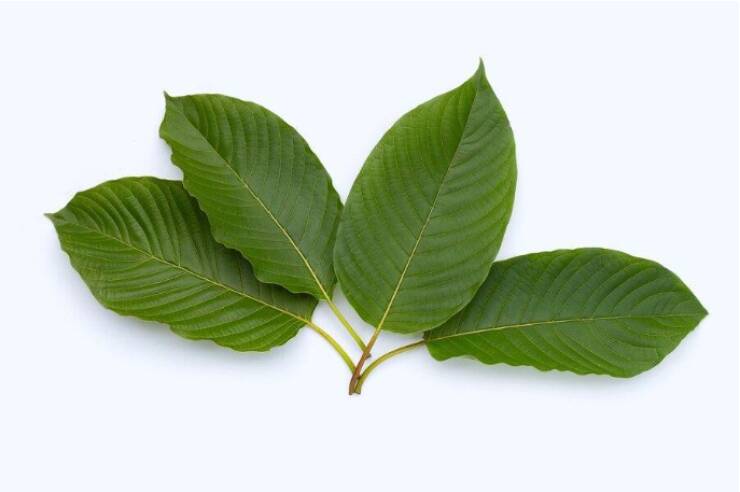Contents
1. Different types of kratom grow on different trees
2. All strains have the same effects on the body
3. Kratom is illegal in the US
4. Kratom is an opioid
5. Kratom offers no benefits
6. Kratom has no adverse effects
7. Kratom isn’t addictive
Use kratom correctly for optimal benefits
1
Is kratom an opioid? Does the herb have any effect on the human body? You might have heard several things about this supplement, as many individuals try to find answers to uncertainties about it.
Kratom is a tree originating from certain Southeast Asia. Its leaves contain numerous alkaloids, including mitragynine and 7-hydroxymitragynine. The plant has several strains from different countries, typically available as powder or https://www.kratomcountry.com/kratom-capsules.
Despite the potential benefits of this supplement, many spread fallacies about it. These misconceptions affect how some individuals view the plant. Let’s debunk the top seven myths about kratom below.
1. Different types of kratom grow on different trees
The truth about kratom is that the supplement has different classifications. Depending on the vein color during harvest, white, green, and red are the three primary varieties.
Using its origins, kratom can be further classified into different strains, including:
⦁ Maeng Da
⦁ Borneo
⦁ Bali
⦁ Thai
⦁ Indo
Many assume these strains are from different trees, but this claim is untrue.
All varieties grow on the same plant called kratom (Mitragyna speciosa), an evergreen native to Thailand, Malaysia, and other SE Asian countries. The only distinction is that each strain grows in a different region and is harvested at varying maturity levels, resulting in a range of effects.
2. All strains have the same effects on the body
Since all strains are from the same tree, it’s easy to believe they all have similar effects on your system. This assumption is untrue, as each variety affects your body in a unique way.
What is kratom like when used recreationally or medically? The herb could act as a sedative or as an energizer. The specific strain you consume will determine your experience and the duration of the herb’s effects on your system.
White vein strains are known as energizers, whereas red vein kratom helps you relax. The green variety brings a balance between the other two types as it offers both benefits moderately.
3. Kratom is illegal in the US
Contrary to what you might have heard, kratom is legal in the United States. Though the US Food and Drug Administration (FDA) and other agencies don’t regulate the herb, federal law allows its use and possession.
Despite the supplement’s legality at the federal level, each state decides if it’s allowed or not. Currently, it’s unlawful to consume or own kratom in Alabama, Arkansas, Indiana, Rhode Island, Vermont, and Wisconsin. Unless the law changes, avoid using the herb in these regions.
While kratom is legal in other states, some jurisdictions have prohibited it. In specific regions, there are age restrictions for using the herb. Certain places also regulate the plant’s sales, production, and labeling.
2
4. Kratom is an opioid
Is kratom an opioid? No, the supplement isn’t and doesn’t act like it. This myth comes from the fact that the two substances attach to the same receptors in the brain. Since both affect the sensory neurons, many assume they’re similar.
While opioids obstruct pain signals in the body, the supplement only relieves discomfort. The difference in how they act indicates that kratom isn’t a narcotic.
5. Kratom offers no benefits
Another popular misconception about kratom is that it doesn’t provide any benefits. Although scientific studies haven’t established the perks of the herb, anecdotal evidence shows it’s a valuable supplement.
Many individuals in Southeast Asia and other places use the herb to enjoy its numerous benefits. What does kratom do for you? It could boost your energy, make you happy and excited, and improve your focus. The plant may help increase your sexual urge.
The supplement may also be beneficial if you’re looking for ways to keep your mental health strong.
6. Kratom has no adverse effects
Due to its various perks, some users believe kratom has no side effects. Although the herb doesn’t cause serious risks, it may trigger undesired outcomes. Overconsumption is the main reason for most of the supplement’s adverse impacts.
Can you overdose on kratom? Yes, if you take more than your body can process. This issue could lead to nausea, vomiting, headaches, thirst, restlessness, sleeplessness, hallucinations, delusions, or seizures.
Most of these side effects disappear on their own after some time.
7. Kratom isn’t addictive
While kratom addiction is a rare condition, overdependence on the supplement can cause tolerance to it. This issue can make a person continue taking an excess quantity of the herb regularly and become reliant on it to function.
How addictive is kratom? When compared to opioids, the effects of the plant are mild and may disappear after some periods. Over-reliance on the supplement could make you do dangerous stunts or take other risky actions.
Other signs of addiction may include continuous overconsumption of the herb and withdrawal symptoms.
Use kratom correctly for optimal benefits
Having debunked these top myths, you now understand how kratom works, its benefits, and potential side effects. Enjoy the supplement’s perks by using the correct dose every time and avoid over-relying on it.



